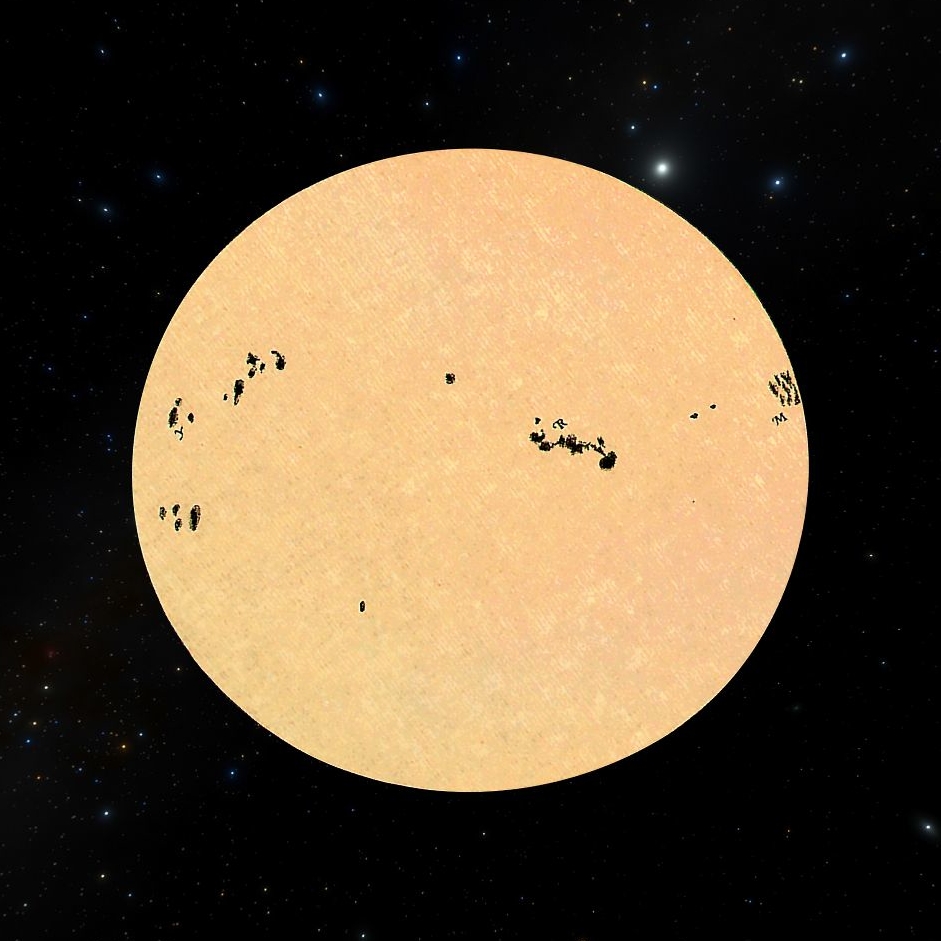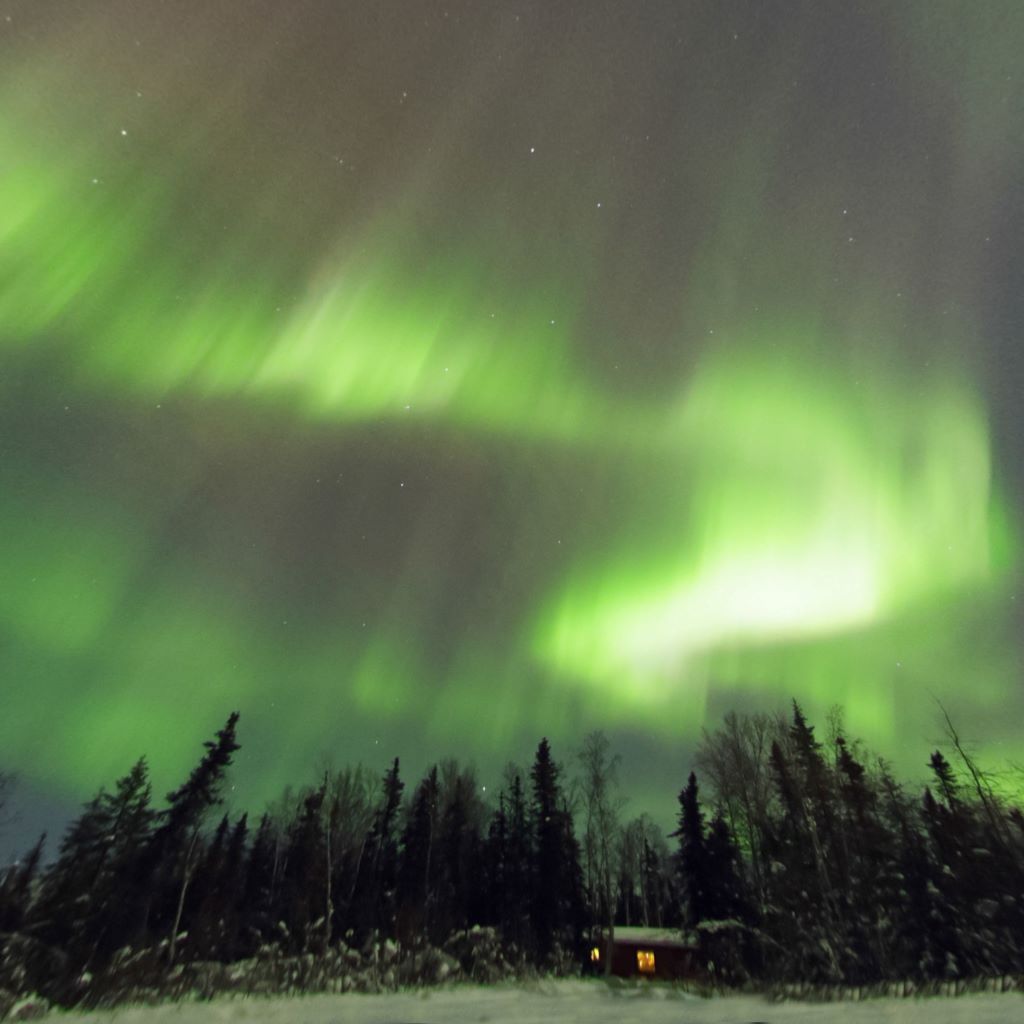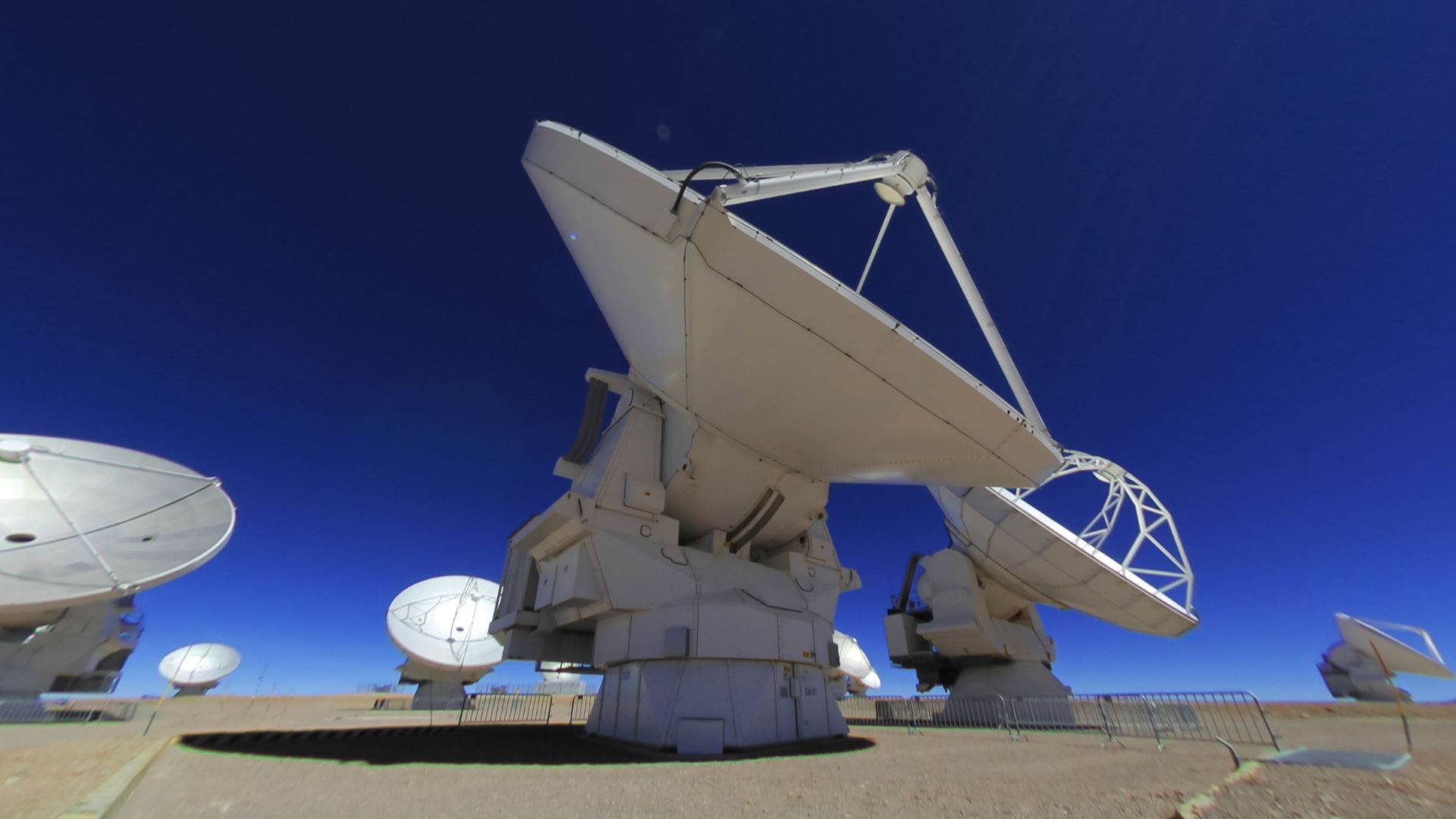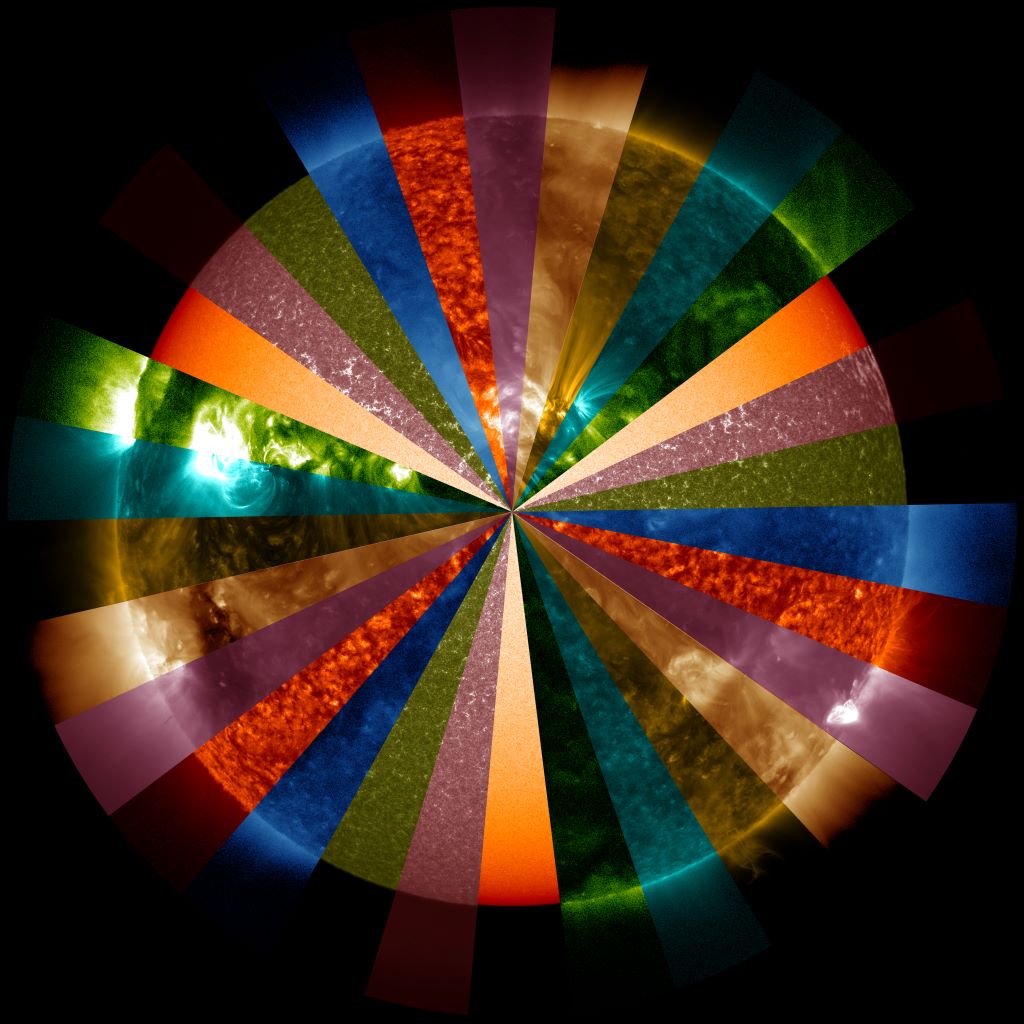Humanity has long been in awe of the Sun, from ancient worship to modern scientific discoveries. The warmth of the Sun has nurtured life on Earth for billions of years. Our star offers more than just light and heat to us. It drives winds and weather phenomena on Earth, while its apparent motion in the sky governs the rhythms of our lives through the cycle of days and seasons. Moreover, the Sun supplies the majority of the energy consumed by modern society, including the fossil fuels we heavily rely on. These fuels are the result of solar energy stored by animals and plants millions of years ago.
The Sky Show The Sun, Our Living Star takes us on an illuminating journey of discovery. We will explore how ancient people revered and recorded the Sun’s celestial motions, uncover the significant secrets of this star that has profound effects on our lives, and how we are closely connected to it.
CAUTION: This show contains some scenes with brief flashing lights. It is not recommended for viewers who are sensitive to such conditions.

The Sun formed approximately 4.6 billion years ago from a vast rotating cloud of gas and dust. The collapse of this cloud under its own gravity triggered nuclear fusion at its core, which is the source of the Sun’s power as we perceive it today.

Italian astronomer Galileo Galilei was the first to systematically observe the Sun using a telescope. He discovered huge black spots on the surface of the Sun, which we now refer to as “sunspots”. These findings shattered people’s illusion that the Sun was a perfect celestial body, and contributed to the advancement of the scientific revolution.

The sunspots discovered by Galileo are associated with intense magnetic activity on the Sun’s surface. This magnetic activity can cause explosive ejections of high-energy particles known as solar flares, which have the potential to damage power supply systems and electronic instruments in spacecraft and on Earth.

The high-energy particles ejected into space by the Sun can bring spectacular scenes to Earth. Earth’s magnetic field directs charged particles from the Sun towards the poles. When these charged particles interact with the atmosphere, beautiful auroras are produced.

In order to learn more about our Sun, scientists have constructed various telescopes for its observation. One such example is the Atacama Large Millimeter/submillimeter Array (ALMA) radio telescope located in Chile, which enables the study of the Sun’s atmosphere by observing lower-energy light waves.

The atmosphere that protects us absorbs X-rays, ultraviolet and other light waves in the Sun that are harmful to organisms. Therefore, in addition to telescopes on the ground, scientists have also sent some observatories into space to study the Sun from outside the atmosphere and across a wide range of wavelengths of light. These observatories allow us to observe and analyse different layers and features of the Sun in unprecedented detail, thereby providing scientists with a much more comprehensive understanding of our star.
Production & Copyright: ESO
| Show: | Sky Show The Sun, Our Living Star |
| Show Period: | 1 May 2024 to 14 May 2025 |
| Show Schedule : | Monday, Wednesday to Friday: 3:30pm and 8:00pm Saturday, Sunday and public holiday: 2:00pm and 6:30pm Closed on Tuesdays (except public holiday), and the first two days of the Chinese New Year For more information on the show schedule of other shows, please refer to Space Theatre Show Schedule |
| Place: | Space Theatre, Hong Kong Space Museum |
| Admission Fees: | Standard Admission: $40 (stalls), $30 (front stalls) Concession Admission: $20 (stalls), $15 (front stalls)
|
| Show Duration: | 25 minutes |
| Language: | Sessions at 8:00pm on Friday and 6:30pm on Saturday are in English. All other sessions are in Cantonese. Audience can also select the following languages with the multi-channel headphone system: Cantonese, Putonghua and English |
| Ticketing: |
Please refer to "Ticketing Information"
|
| Seating plan: | Please refer to Space Theatre Seating Plan |
All programmes and prices are subject to change without prior notice.



